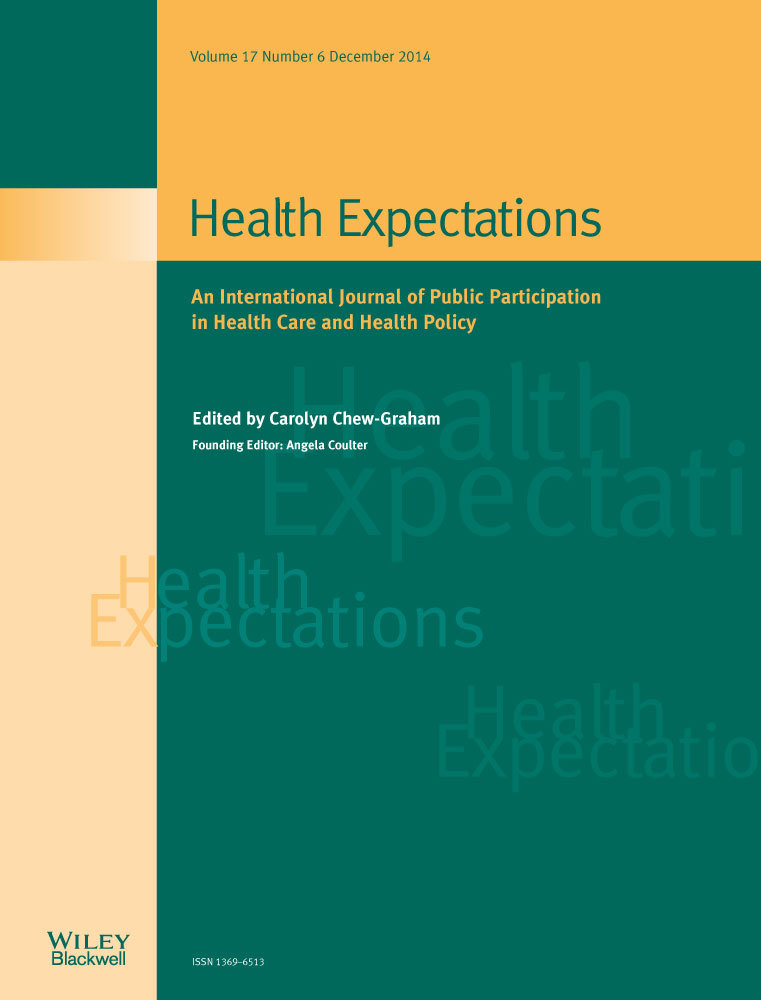Barriers for an effective communication around clinical decision making: an analysis of the gaps between doctors' and patients' point of view
Abstract
Background
There are doubts on whether patients feel that they have sufficient information for actively participating in clinical decisions.
Objective
To describe the type of information that patients receive. To determine whether patients consider this information sufficient, and whether it contributes or not to improve clinical safety. To identify the barriers for patient participation in clinical decision making.
Study Design
Cross-sectional study with 764 patients and 327 physicians.
Study Setting and participants
Fourteen health centres belonging to three primary care districts and three hospitals in Spain.
Principal Findings
Just 35.1% (268) (95% CI 32.2, 39.1%) of patients preferred to have the last word in clinical decisions. Age (39 vs. 62%, P < 0.001) and severity of illness (38 vs. 46%, P = 0.002) increased the tendency to take a passive role. In 85.1% (650) (95% CI 83.3, 88.3%) of the cases, patients reported having received sufficient information. Lack of consultation time (29.6%, 95% CI 25.8, 32.5%) and patients' use of Internet or other sources (19.2%, 95% CI 16.4, 22.2%) were identified as new obstacles to doctor–patient communication by the patients. Only 19.6% (64) (95% CI 15.4, 24.2%) of doctors considered that they could intervene to involve patients in the decisions.
Discussions and Conclusions
The majority of patients prefer the decisions to be made by their doctor, especially those with more severe illnesses, and older patients. Patients are not normally informed about medication interactions, precautions and foreseeable complications. The information provided by general practitioners does not seem to contribute enough to the patient involvement in clinical safety.




